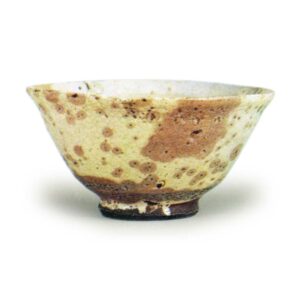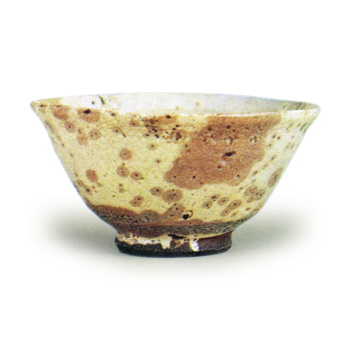
A type of Korean teacup. The name comes from the soaking pattern on the inside and outside of the bowl that looks like leaking rain. Some amamori are made of soft clay and somewhat similar to kohiki teacups. There is also a type with a hard hand and a glaze similar to porcelain, which is called “Ameleki-kote. Most of the patterns are grayish, but some are purplish in color, and while some of them were created in the kiln from the beginning, others have developed naturally over many years of use. Some of the surviving masterpieces of this type include “Muichimono” from the Mito Tokugawa family, “Minomushi” from the Aochi family, “Yudoka” from the Kishu Tokugawa family, and “Ameleki” from the Sakai family. (“Taisho Meikikan”, “Chado Meimono Kou”)



